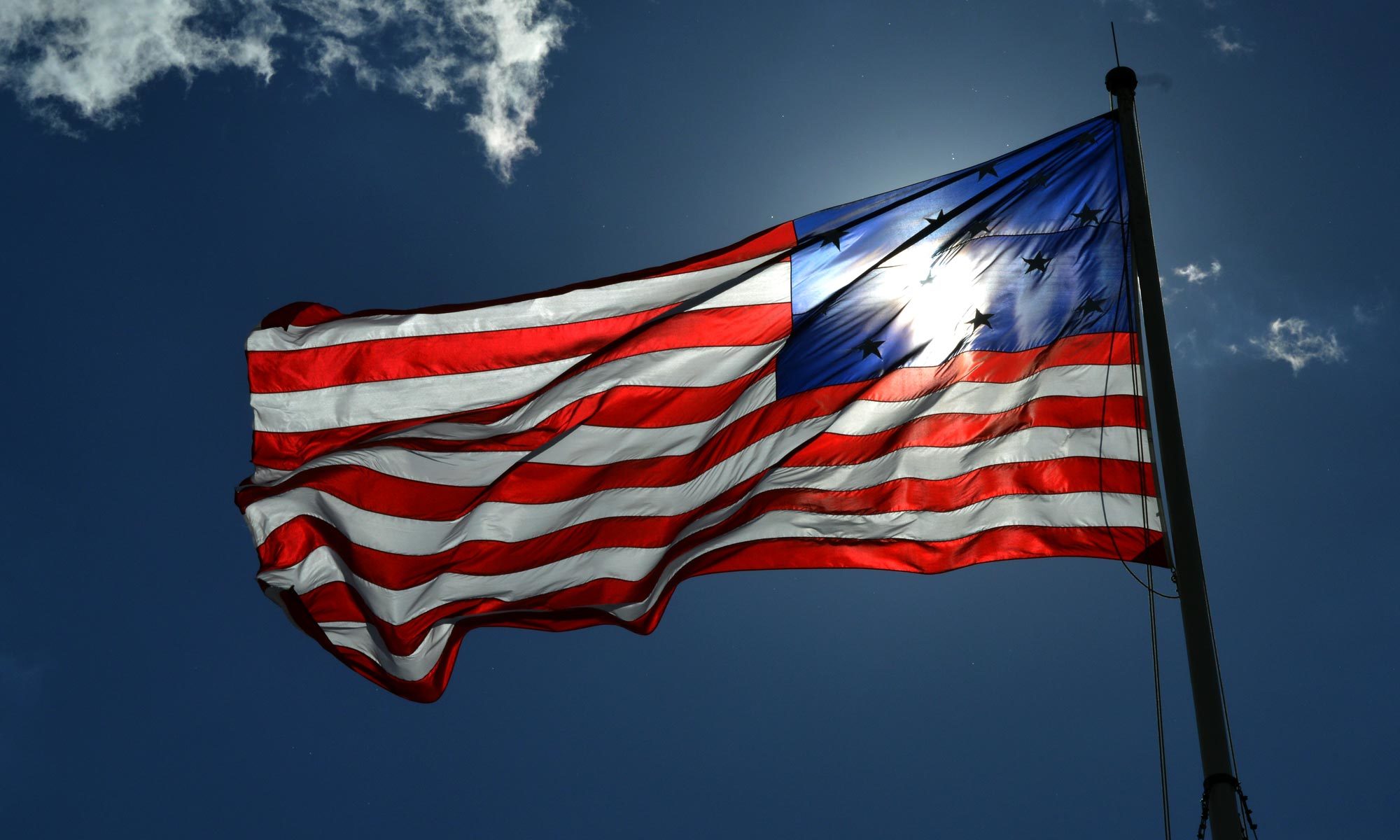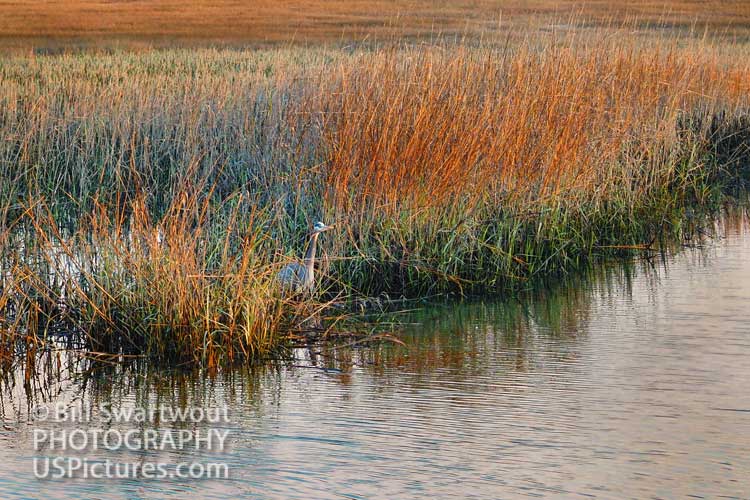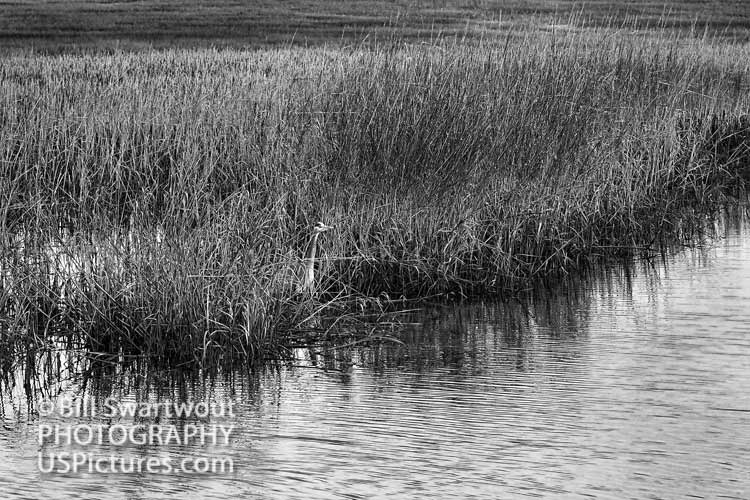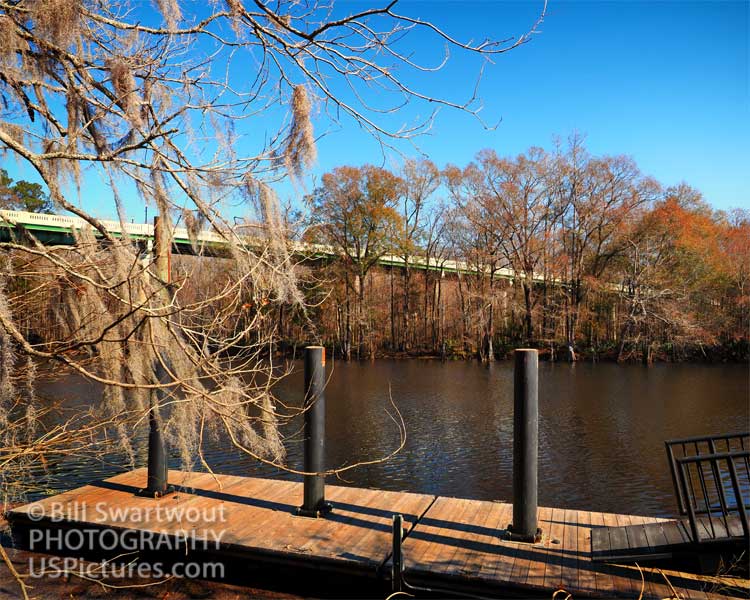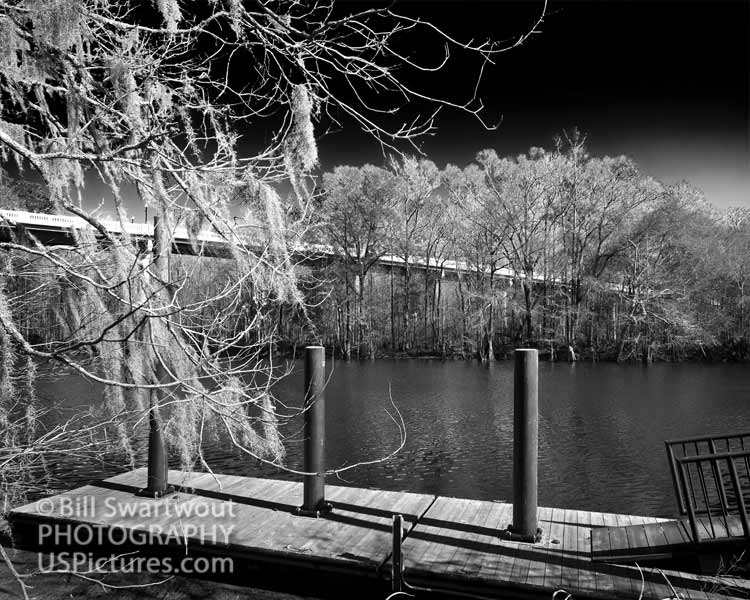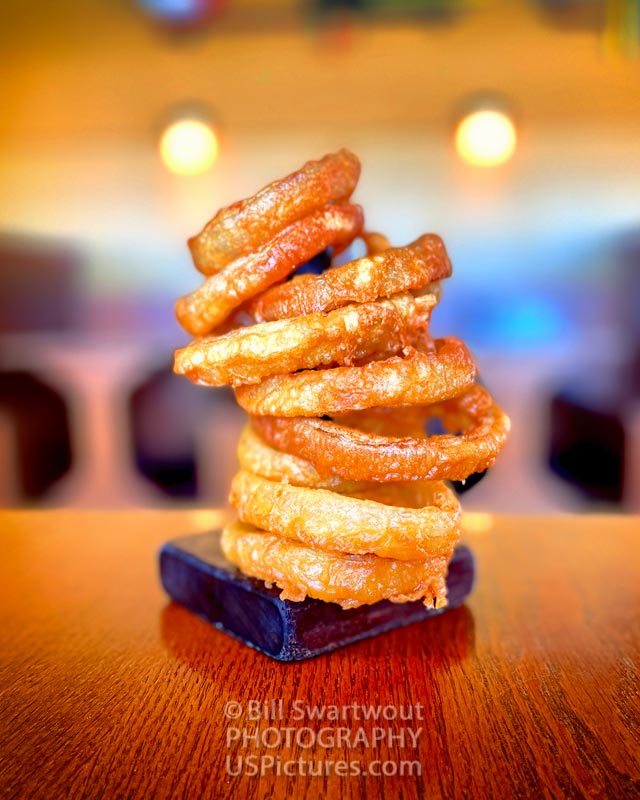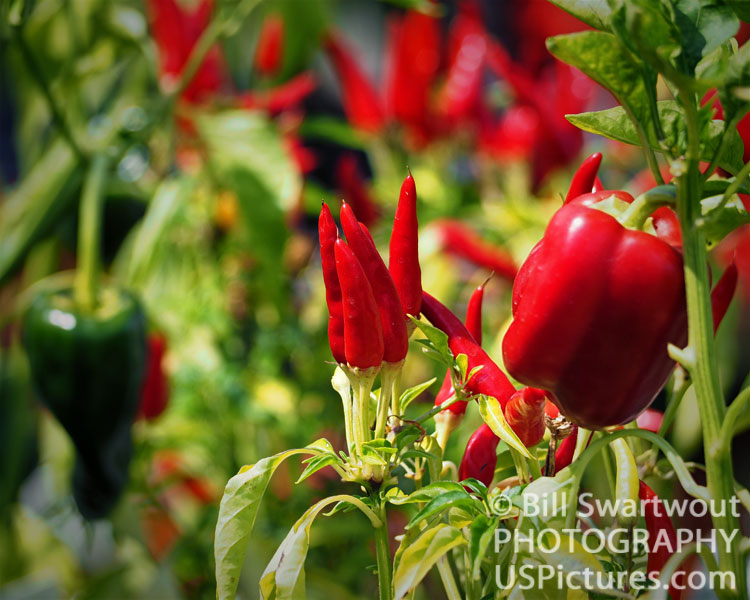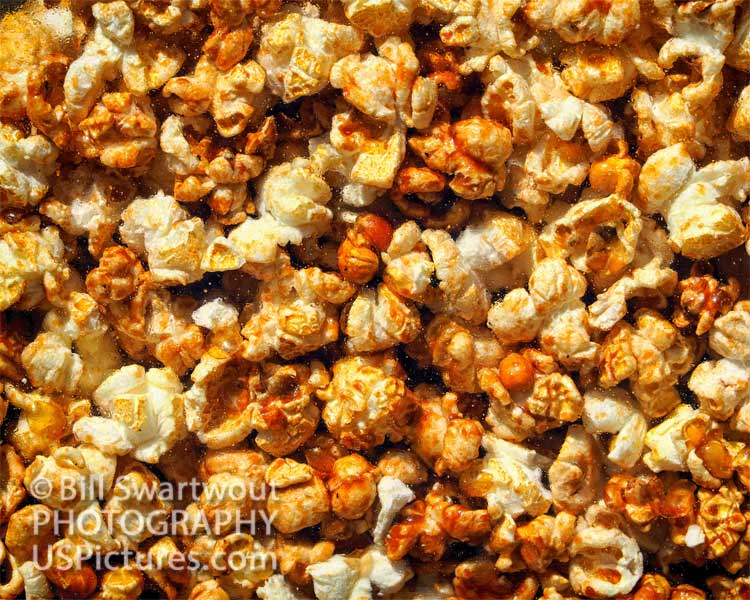An idyllic river scene like this can be found along the Riverwalk at Conway.
The Waccamaw River begins its 140 mile trek toward the sea from Lake Waccamaw in North Carolina to Winyah Bay, an estuary that connects with the Atlantic Ocean near Georgetown, South Carolina. About half way along its journey it flows through Horry County and the City of Conway, SC where this photograph was taken. The river is wide and deep enough to be navigable and was once a watery thoroughfare for steamboats.
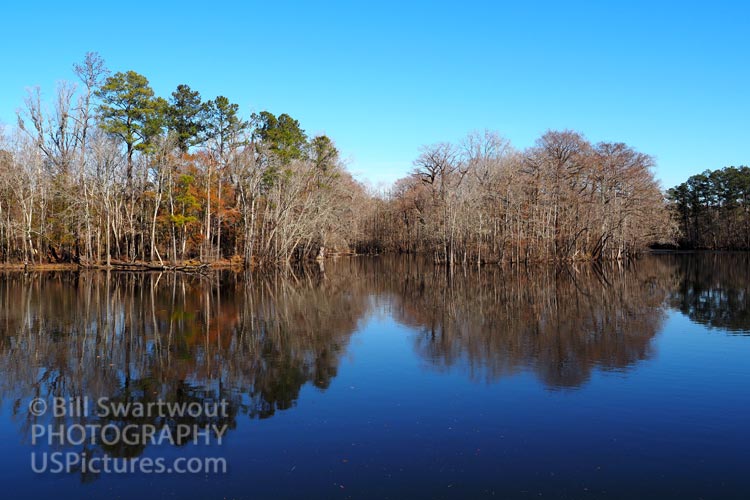
Factoid: The first steamboat to ply the waters of the Waccamaw River was a Confederate troop ship, the Francis Marion.
Black and White waterscape scenes are often quite striking as wall art in the right home decor setting. What do you think – do you like this Black and White presentation?) Please leave a comment below.)
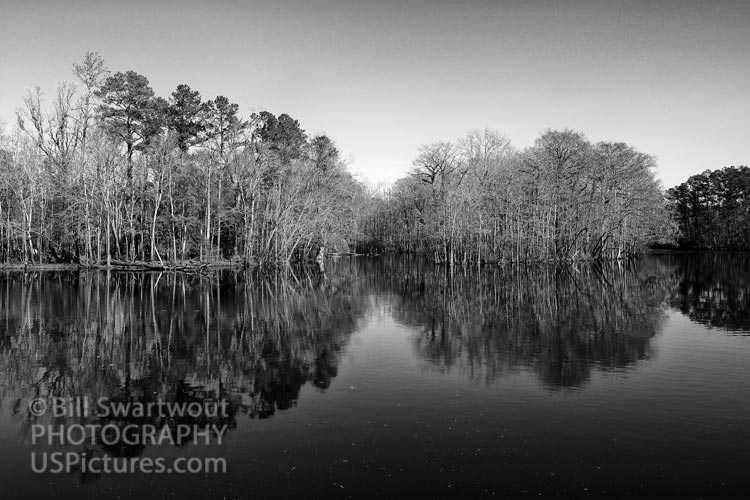
Yadda
Use the links below to see these images as wall art on a variety of substrates, one of which may just attract your interest.
Link: Waccamaw River in Conway South Carolina
Link: Waccamaw River at Conway in Black and White
Link to: Bill’s full Pictorem Gallery
Link to: Bills Fine Art America Gallery
The Waccamaw, along with the Great Pee Dee, Little Pee Dee and Little Rivers, all served as important transportation routes for Horry County, South Carolina. For Native Americans and early settlers alike, the rivers of this geographic area were essentially the Interstate Highways of today. This area was fortunate to have a navigable river system because it provided Horry County, Conway and environs easy access to the world beyond.
The era of steamboats on the Waccamaw faded about 1920 or so. However the river remains a vibrant natural resource part of the environment and maintains its beauty for people today to enjoy visually and recreationally. You can see vistas like this when strolling along the famous Riverwalk along the riverside in Conway.
